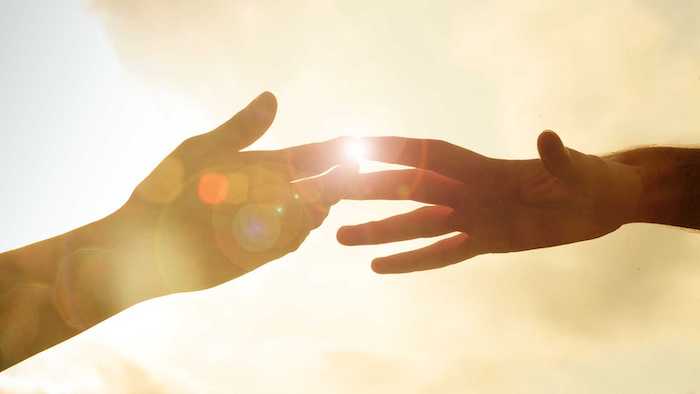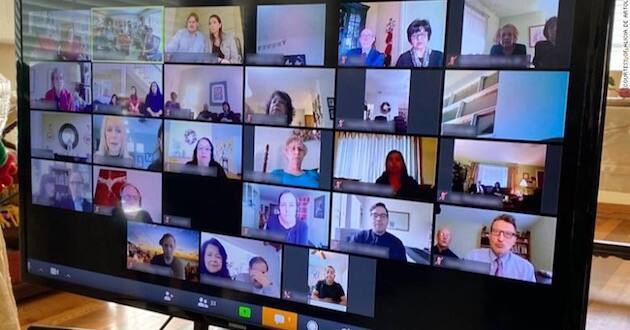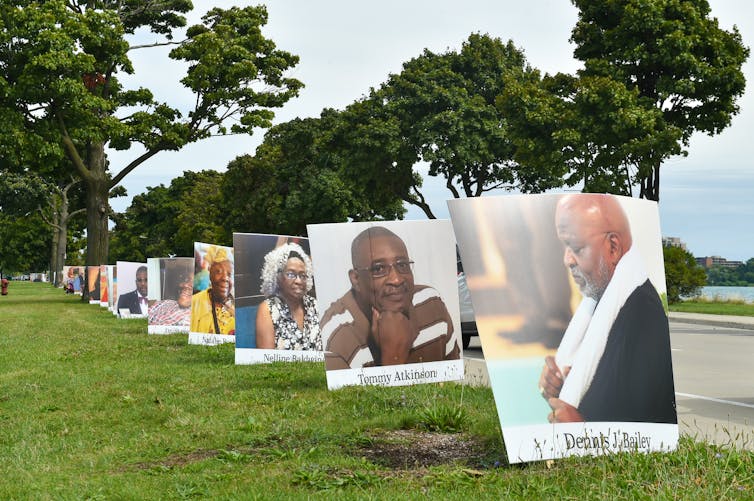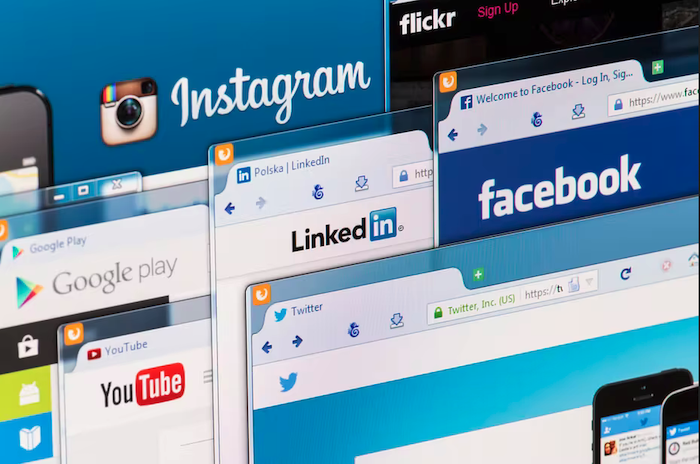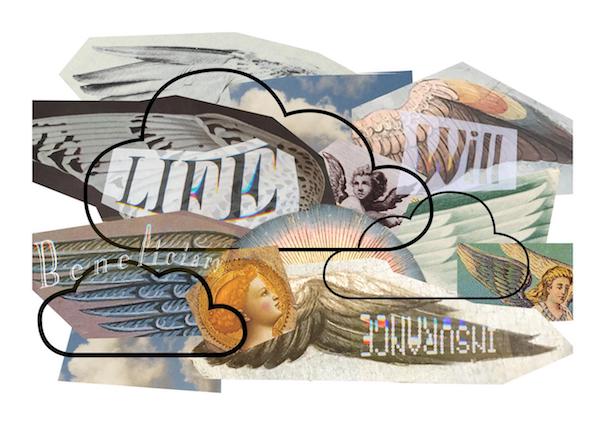Having accurate death records saves lives.
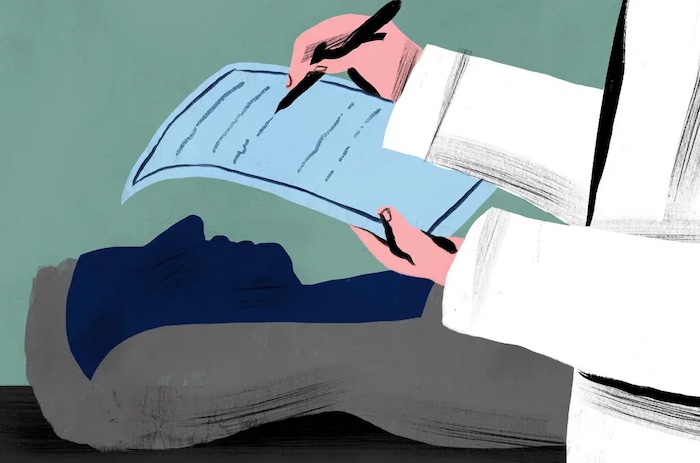
By Jane E. Brody
A combination of journalistic curiosity and advancing years prompts me to read obituaries regularly. I routinely check for ages and causes of death that can help inform what I write about and how I live.
Increasingly, I’ve noted in published reports that people are often said to die of “complications of” some disease, rather than the disease itself.
For example, in an obituary published on Jan. 9 in The New York Times for Dwayne Hickman, who starred in the television sitcom “The Many Loves of Dobie Gillis,” a spokesman attributed his death at 87 to “complications of Parkinson’s disease.” And another, published two days earlier for Lani Guinier, a legal scholar and champion of voting rights, stated that she succumbed at 71 to “complications of Alzheimer’s disease.”
What, I wondered, does that mean? How is it recorded on death certificates? And does it result in accurate mortality statistics needed for assigning priorities for medical research and allocating resources?
I looked up the complications of Parkinson’s and Alzheimer’s diseases. Someone with Parkinson’s disease may have poor balance and die from a fall, for example, but Parkinson’s is actually the underlying cause of the death. Similarly, people with Alzheimer’s disease often have difficulty swallowing and may accidentally inhale food and develop a fatal pneumonia; such secondary infections are listed as the cause of death for as many as two-thirds of these patients.
The result can be seriously misleading information, said Dr. James Gill, the chief medical examiner for the state of Connecticut. While pneumonia may be the proximate cause of death, Alzheimer’s disease, which is why the patient developed pneumonia in the first place, is the “specific underlying cause that started the chain of events and should be listed as the cause of death,” he said.
In fact, one study from 2014 suggested that the real death rate from Alzheimer’s in 2010 may have been more about six times higher than the number of deaths reported to the Centers for Disease Control and Prevention. Likewise, if someone with Covid-19 develops pneumonia and dies, their death certificate might say that pneumonia was the cause of death, but in reality it was a coronavirus infection.
I asked Dr. Gill, who heads the College of American Pathologists Forensic Pathology Committee, why this matters. “In order to prevent deaths, we want to know what’s causing them, which influences medical practice and the awarding of research grants,” he said. “If many dementia deaths are hidden, the disease is not getting enough funding.”
More dramatically, Dr. Gill added, “Having accurate death certificates saves lives. It enables us to identify new and trending diseases and take appropriate action.” If someone is living or working in a building with a poorly installed or maintained furnace, for instance, they may be exposed to toxic levels of carbon monoxide that could eventually cause fatal cardiac and respiratory failure. The cause of death might be recorded as cardiac arrest, but in fact was a result of carbon monoxide poisoning, and the presence of the faulty appliance would likely be missed and could result in further casualties.
In a research review published in the magazine Today’s Geriatric Medicine, Dr. Emily Carter, a geriatrician affiliated with the Maine Medical Center, and co-authors noted that the data submitted on death certificates can affect families with regard to life insurance, estate settlement, genetic risk factors and finding closure. They estimate that major errors, like incorrect cause or manner of death, occur in 33 to 40 percent of death certificates that are completed at academic institutions like their own in the United States.
An analysis of death certificates at their own institution found that cardiac or respiratory arrest were incorrectly entered as the immediate cause of death on 11 of the 50 documents they reviewed. As Dr. Gill said, “Everyone who dies, dies of cardiopulmonary arrest. The critical question is: Why did this happen? Let’s say someone dies of a stomach hemorrhage. What caused it? Stomach cancer, an ulcer or what?”
There are many reasons for the high rate of inaccurate or incomplete death certificates, starting with the meager attention paid to the subject in medical school and the hectic pace in many medical settings. Speed is sometimes dictated by the need to release a body to a funeral home for burial or cremation.
The C.D.C. has estimated that 20 to 30 percent of death certificates, though not necessarily inaccurate, “have issues with completeness.” The agency stated that heavy workloads, insufficient information about a death or inadequate training can result in death certificates that are incomplete or inaccurate.
Furthermore, many deaths are certified by coroners, who are elected or appointed to their positions and may have bachelor’s degrees in forensic science, but are usually not doctors. They can be subject to political or family influence and may fail, for example, to list opioid overdose as a cause of death. Even when death certificates are completed by medical examiners, who are usually doctors, they may not be trained in forensic pathology and could miss the real cause of death. A death following a fall, for example, might have been accidental, or it could have resulted from an underlying disease or even homicide.
According to a blog post from Womble Bond Dickinson, a trans-Atlantic law firm with headquarters in London, “the death certificate may be critical in a lawsuit” to help determine “the nature of the death,” factors that contributed to it, when it occurred and illnesses that may have played a role.
If the death was the result of a medical illness, the death certificate is usually completed by the physician in charge, Dr. Carter and her colleagues wrote in their review. However, they emphasized, a medical examiner should certify all other causes, including deaths related to hip fracture which could have resulted from an accident, and deaths related to a history of malicious injury that could be a homicide.
Unfortunately, despite what you may see in films and on TV, autopsies today are performed less and less often. Families often have to pay for them out of pocket. Between the high cost of autopsies and the increasingly limited resources to do them, they have become a dying breed.
Families can often benefit from knowing the real cause of a relative’s or housemate’s death. Might there be a payout from life insurance? Is there a home problem, like a slippery floor, lack of grab bars in the bathroom or a faulty furnace, that needs correction? Is there an inherited medical condition that can be mitigated to avert further casualties? Could malpractice have caused or contributed to the death?
If a death certificate contains errors that warrant correction, the sooner that’s done the better. In New York State, the funeral firm or medical certifier can usually help with a correction request that’s made within six months of the death. Beyond six months, you would have to fill out an application for a correction.
Complete Article ↪HERE↩!



